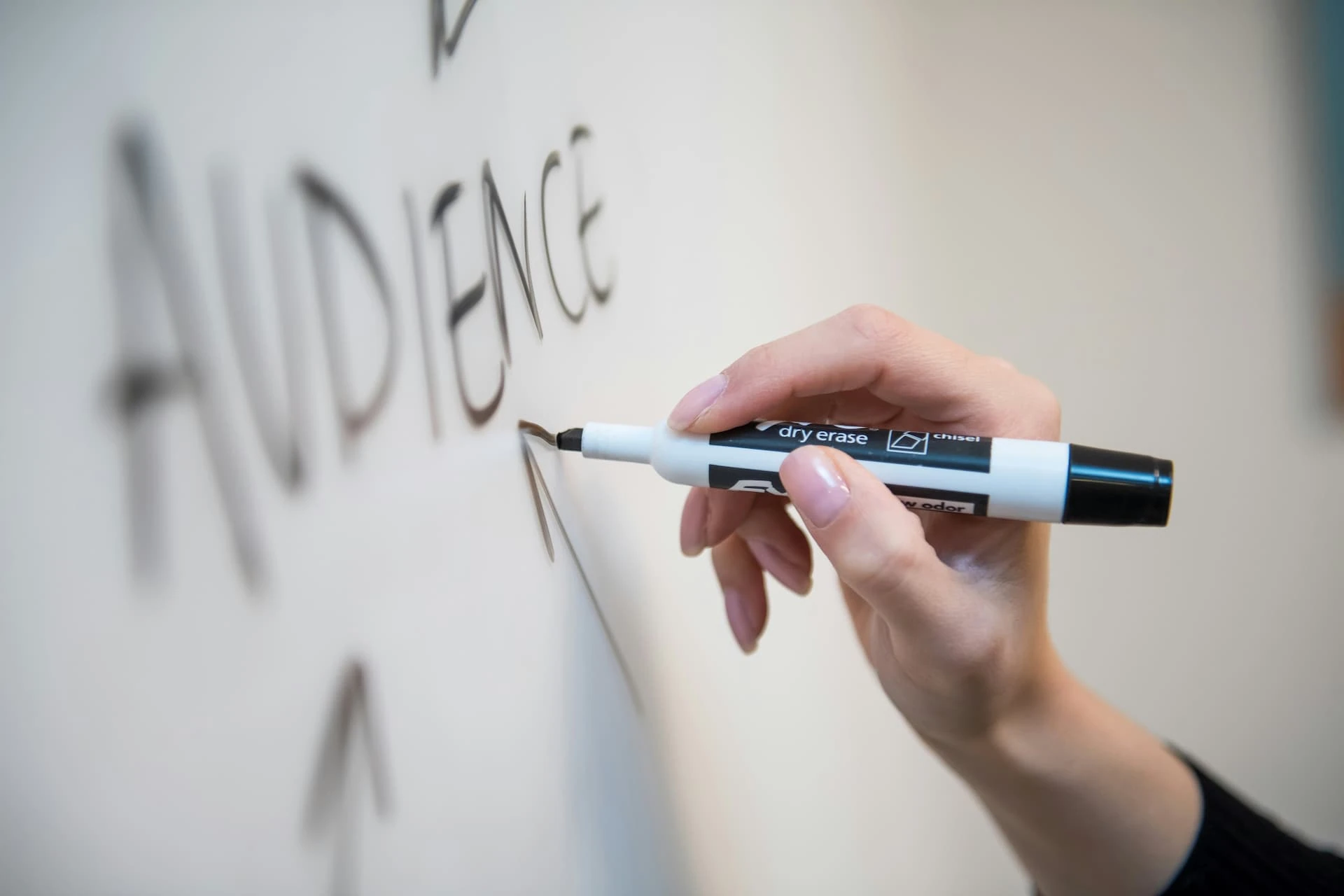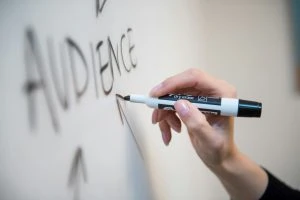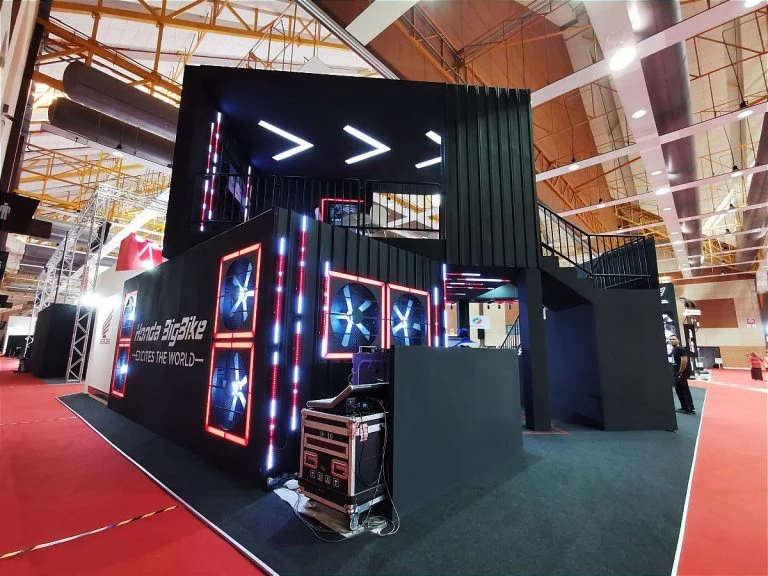How to Set Strategic Event Goals: A Complete Guide for Corporate Leaders
In today’s dynamic business landscape, corporate events represent significant investments of time, resources, and capital. According to Bizzabo’s Event Marketing Report, 80% of organizers believe in-person events are critical to their company’s success. However, without strategic event goals, even the most lavishly produced events can fail to deliver meaningful business value. At Moonman Events, we specialize in helping corporate leaders transform their event vision into measurable success through our comprehensive event strategy services.
1. Understanding the Foundation of Event Goal Setting
Before diving into the specifics of goal setting, it’s crucial to understand the fundamental difference between event goals and objectives. Event goals are broad, strategic outcomes you aim to achieve, while objectives are the specific, measurable steps needed to reach those goals.
According to the Events Industry Council, organizations that set clear, measurable event goals see an average 25% higher return on their event investments. This significant difference underscores the importance of strategic goal setting in event planning.
Types of Corporate Events and Their Distinct Goals
Different events serve different purposes:
- Trade Shows: Focus on lead generation and product showcasing
- Conferences: Emphasize thought leadership and industry positioning
- Internal Events: Center on employee engagement and company culture
- Client Events: Prioritize relationship building and customer retention
2. Conducting a Pre-Event Strategy Assessment
Before setting new event goals, evaluate your current position. A comprehensive pre-event assessment should include:
Analysis of Previous Event Performance
Research by Freeman shows that organizations that analyze past event data are 2.5 times more likely to achieve their event goals. Key areas to examine include:
- Attendance rates and participant demographics
- Engagement metrics
- Cost per lead/acquisition
- Participant feedback scores
Stakeholder Expectations
Identify and interview key stakeholders to understand their expectations and priorities. This includes:
- Executive leadership
- Sales and marketing teams
- Product managers
- Key clients or partners
Need help analyzing your previous event performance? Moonman Events offers detailed event auditing and consultation services to help you understand your event’s historical performance and identify opportunities for improvement. Get in touch with our event specialists and get your event sorted.
3. Establishing SMART Event Goals
The SMART framework remains the gold standard for goal setting in event planning:
Specific
Instead of “increase leads,” set a goal like “generate 250 qualified leads from Fortune 500 companies in the manufacturing sector.”
Measurable
According to Forrester Research, only 23% of companies can effectively measure event ROI. Ensure every goal has clear metrics for success.
Achievable
Based on industry benchmarks and your historical data, set challenging but realistic goals. The Professional Convention Management Association suggests a 5-15% improvement over previous results as a reasonable target.
Relevant
Align event goals with broader organizational objectives. According to McKinsey, companies with aligned goals are 40% more likely to achieve their desired outcomes.
Time-bound
Set clear deadlines for goal achievement, both during and after the event.
4. Categorizing Your Event Goals
Attendance and Participation
Set specific targets for:
- Total attendance
- Target audience representation
- Session participation rates
- Interactive element engagement
Lead Generation and Sales
According to Salesforce, events are the most effective B2B lead generation channel, with a 30% conversion rate. Consider:
- Number of qualified leads
- Sales pipeline value
- On-site sales
- Post-event conversion rates
Brand Awareness and Positioning
Measure through:
- Social media mentions and engagement
- Press coverage
- Brand sentiment analysis
- Share of voice in industry conversations
5. Implementing Goal Tracking Systems
Digital Tracking Tools
Modern event technology enables comprehensive tracking. As part of our end-to-end event management services, Moonman Events implements cutting-edge tracking solutions that help you measure and achieve your event goals in real-time.
Event apps for engagement monitoring
- RFID/NFC for attendance and movement patterns
- Social media monitoring tools
- Lead scanning and qualification systems
Real-time Monitoring
According to EventMB, 91% of successful event organizers use real-time data to make event adjustments. Implement:
- Live dashboards
- Daily metric reviews
- Instant feedback mechanisms
6. Developing Goal-Aligned Event Strategies
Create strategies that directly support your goals:
Programming Alignment
- Select speakers and content that support key objectives
- Design session formats that facilitate desired outcomes
- Create networking opportunities that align with relationship-building goals
Marketing and Communication
- Develop targeted campaigns for specific audience segments
- Create content that supports event goals
- Implement multi-channel promotion strategies
Whether you’re planning a corporate conference, trade show, or internal event, Moonman Events’ experienced team can help you develop and execute goal-aligned strategies that deliver measurable results. Our full-service event management approach ensures every aspect of your event supports your strategic objectives.
7. Post-Event Goal Assessment
Comprehensive Analysis
Conduct thorough post-event analysis:
- Compare results against set goals
- Calculate ROI using predetermined metrics
- Gather qualitative feedback from stakeholders
- Document lessons learned
Action Planning
Based on your analysis:
- Identify areas for improvement
- Set new benchmarks for future events
- Create specific action items for implementation
- Update goal-setting frameworks as needed
Conclusion
Strategic event goal setting is not just about creating targets—it’s about establishing a framework for event success. By following this comprehensive approach, organizations can create more effective events that deliver measurable business value.
Remember that goal setting is an iterative process. Each event provides new insights and data that can help refine and improve your goal-setting process for future events.
Next Steps
- Review your current event goals against this framework
- Conduct a gap analysis of your goal-setting process
- Implement new tracking systems where needed
- Begin planning your next event with these strategic principles in mind
By taking a systematic approach to event goal setting, you can significantly improve the effectiveness and ROI of your corporate events while creating more meaningful experiences for all stakeholders involved.
Ready to take your corporate events to the next level? Contact our experts at Moonman Events to discover how our expertise in strategic event planning and management can help you achieve your event goals.
Note: While this article references various statistics and research, we recommend verifying current figures from these organizations’ latest reports, as event industry data can change rapidly.










